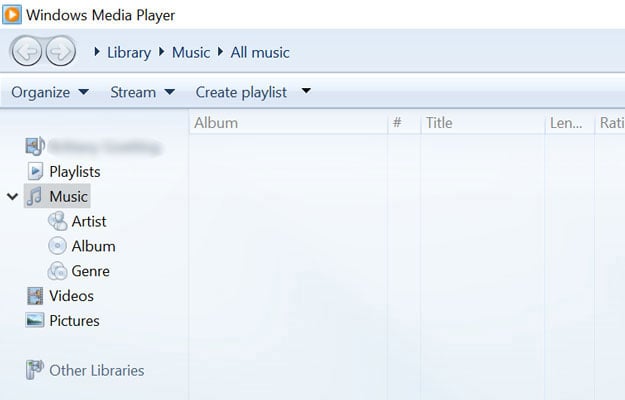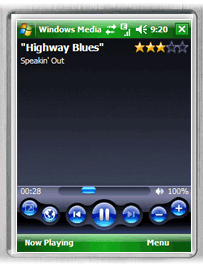
Windows 10 N includes the same functionality as other Windows 10 editions, except for Windows Media Player and related technologies. Customers can restore the functionality of these technologies by installing the Media Feature Pack for N versions of Windows 10. These technologies include, but are not limited to, the following features. In Windows 10, Windows Media Player is replaced by Movies & TV. You will be able to access all the music and video files you have stored on your PC. However, you will not be able to get Windows Media Player in Windows 10. Also refer, Frequently Asked Questions: Windows 10. Hope the information helps, if you have any further queries, feel free.
Notes:
- Windows Media Player on Windows 10. Find Windows Media Player on your PC: Use the search box on the taskbar to search for 'Windows Media Player'.
- Windows Media Player 12 is the default media player available for Windows 10, Windows 8 and Windows 7. Version 12 has been enriched with additional features from the previous versions including a simplified interface and an improved play mode. Windows Media Player also allows users to watch movies and listen to audio recordings.
- Dec 14, 2019 Windows Media Player on Windows 10: Success! If you've been missing Windows Media Player in your life, hopefully you've now been able to install it on your system. Microsoft may remove support for it entirely in the future, but for now it's here to stay.
Support for Windows 7 ended on January 14, 2020
We recommend you move to a Windows 10 PC to continue to receive security updates from Microsoft.
Download Windows Media Player

Get Windows Media Player for your version of Windows, or learn how to play Windows Media files on your Mac. Get the details here.
Get help

Find help and how-to information for your version of Windows Media Player. Learn about the features and how to fix problems.
Windows Media Player 12
Play a CD or DVD in Windows Media Player
Burn and rip CDs
Codecs: frequently asked questions
If Windows Media Player stopped working correctly after the latest updates from Windows Update, you can verify that the updates are the problem by using System Restore. To do this:
Select the Start button, and then type system restore.
Select Create a restore point, and then in the System Properties pane, select System Restore.
Follow the prompts to select the restore point just before the round of updates that seemed to trigger the problem. Then run the system restore process. (This takes a while.)
After your system is restored to the earlier configuration, check to see whether Windows Media Player runs correctly again.
For advanced video features like 4K, you might also want to try Microsoft Movies & TV. To download this for free from Microsoft Store, go to Movies & TV and select Get.
Make it yours

Media Player For Windows 10
Customize Windows Media Player with easily installed skins, visualizations, and plug-ins for a new look and extra features. Learn more.